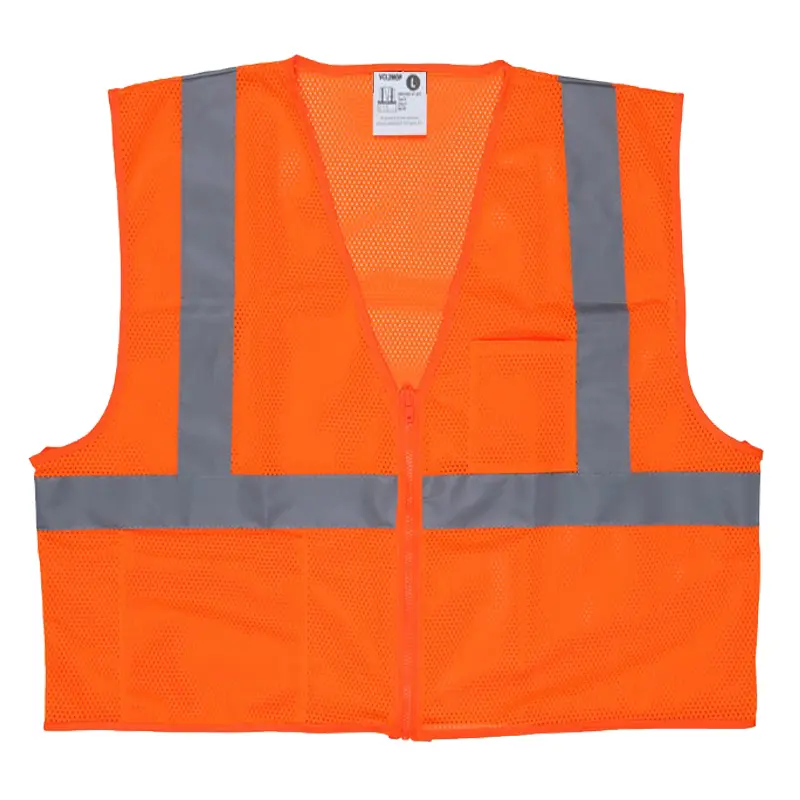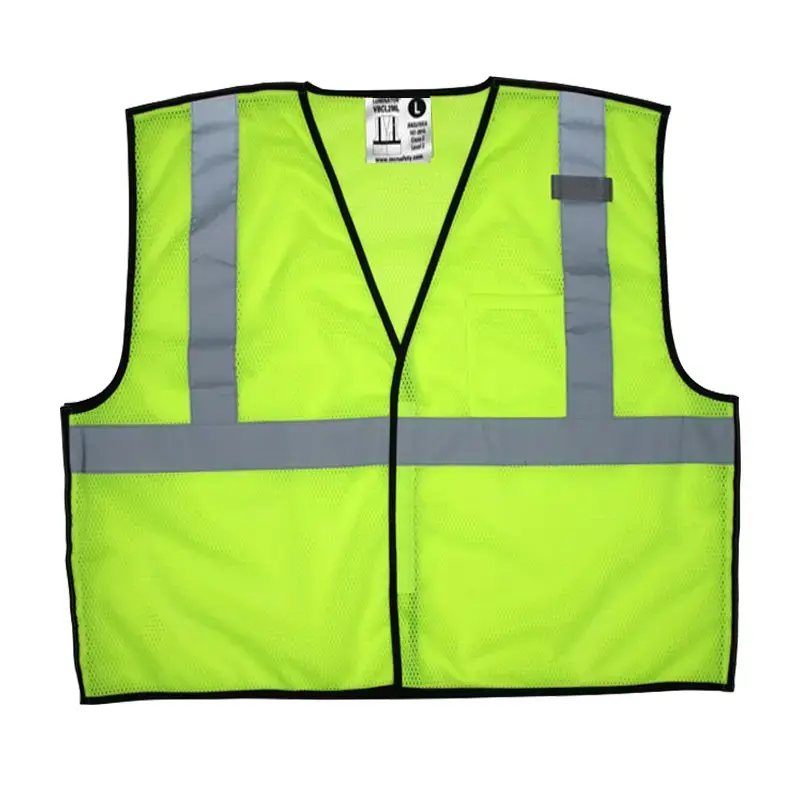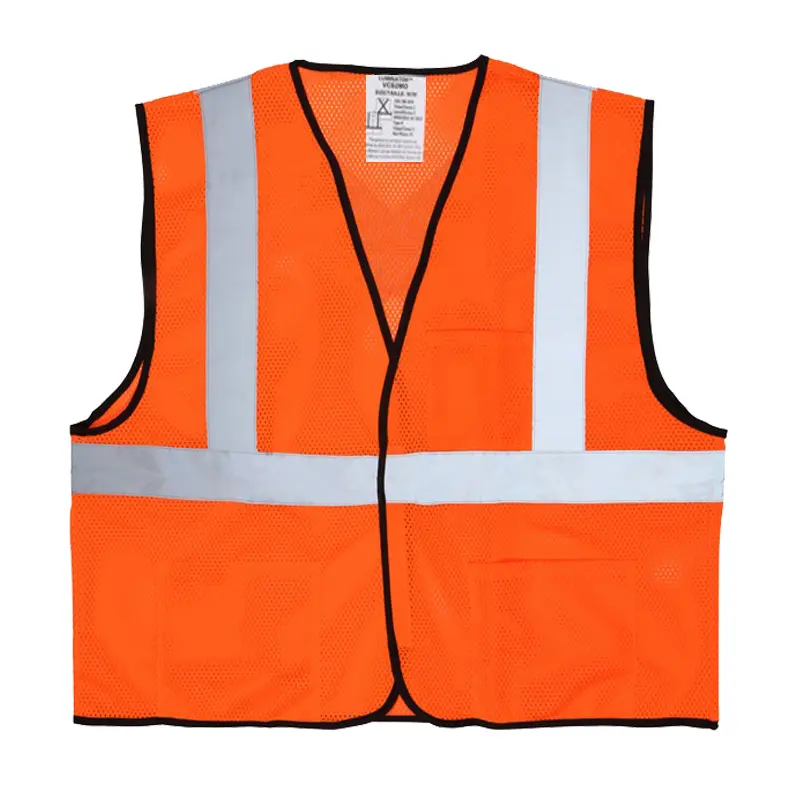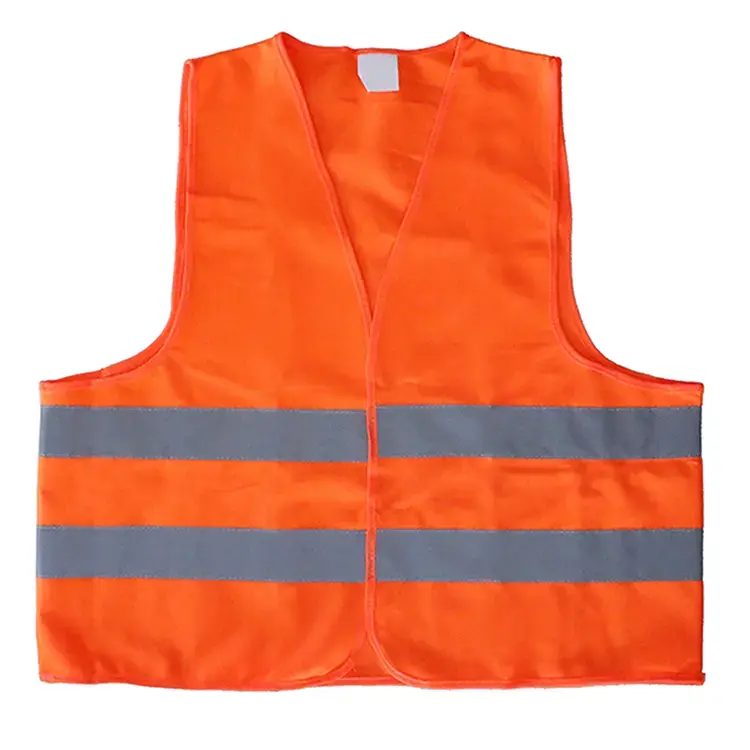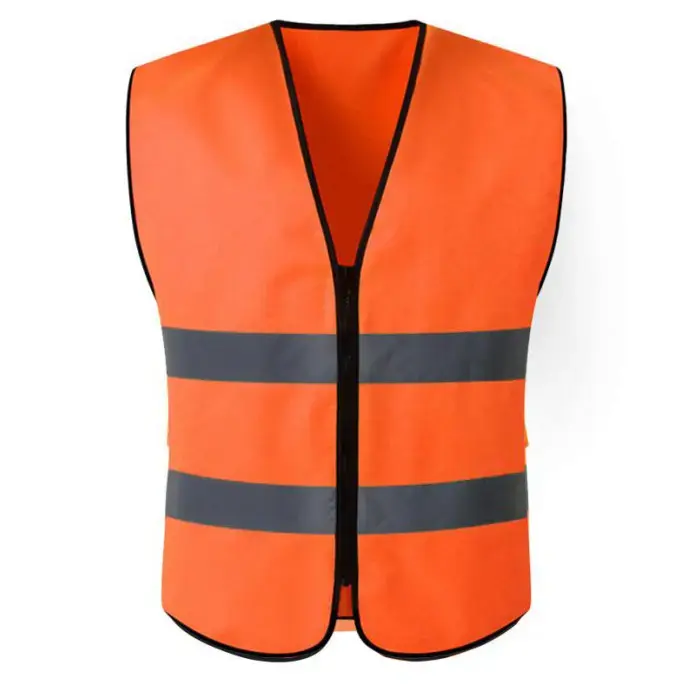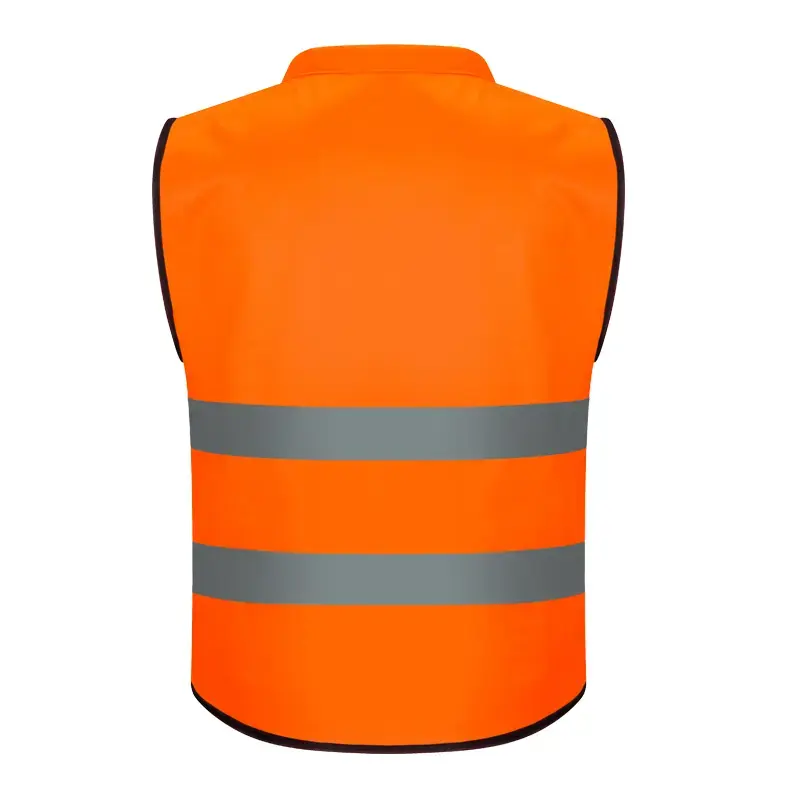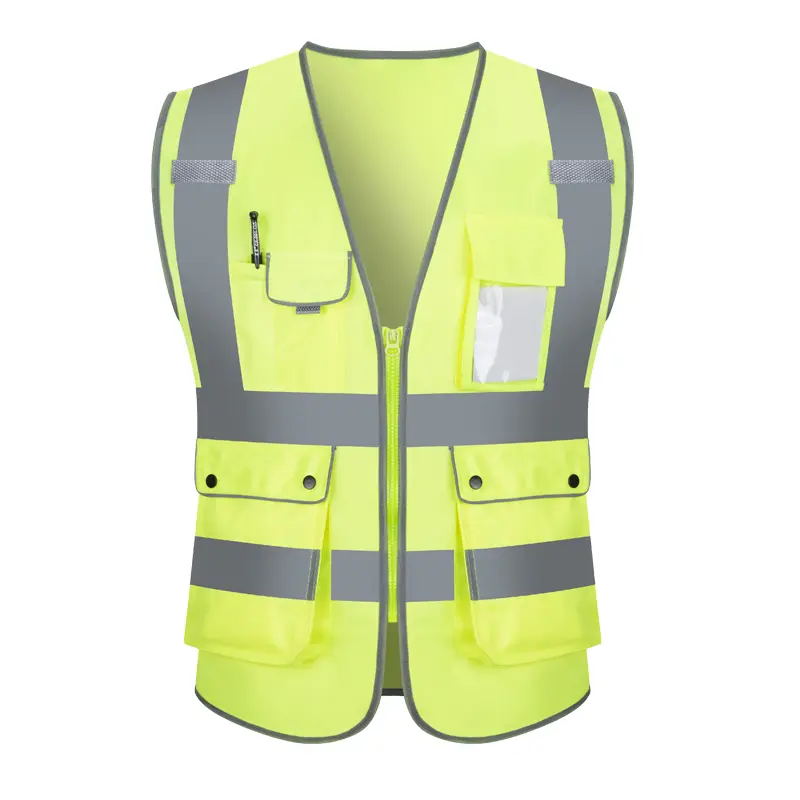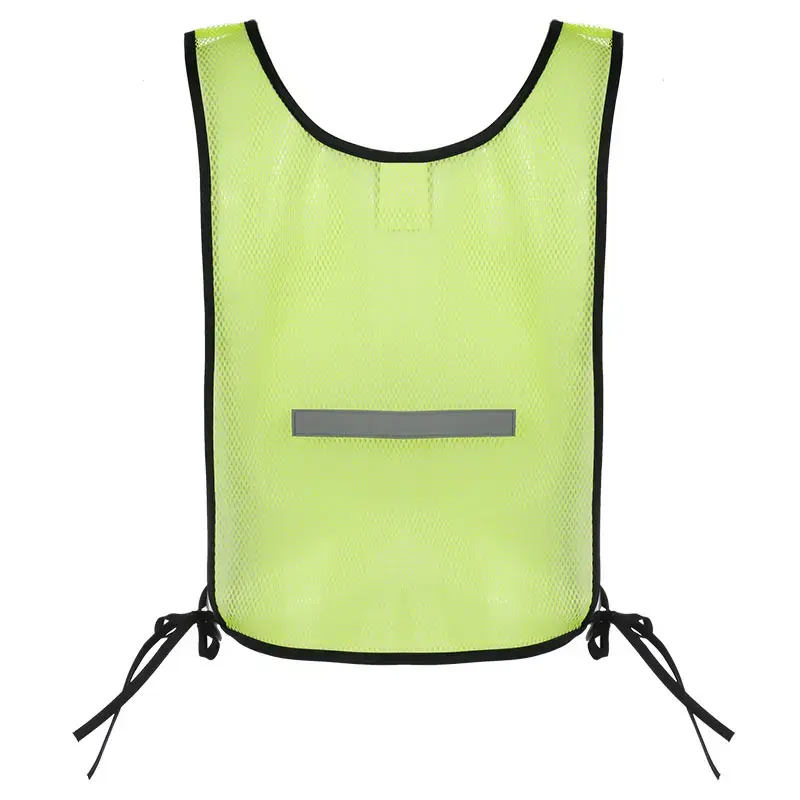Reflective Safety T-shirt Purchasing Considerations: Key Points to Ensure Quality and Safety
Reflective Safety T-shirt Purchasing Considerations: Key Points to Ensure Quality and Safety
In today's global market, reflective safety T-shirts have become an important piece of equipment for workers in many industries to ensure safety. For international wholesale buyers, it is crucial to purchase high-quality, standard-compliant reflective safety T-shirts. This article will explore the various considerations in the purchase process of reflective safety T-shirts to help you make wise purchasing decisions.
1. Clarify requirements and specifications
Determine the use scenario: Different working environments have different requirements for reflective safety T-shirts. For example, places such as highway construction, railway maintenance, traffic control, logistics warehousing, etc. face different levels of danger and light conditions. Understanding the specific use scenario will help you choose the right reflective level, color and style. For example, when working on a highway, a T-shirt with a higher reflective level is required to ensure that workers can be spotted from a distance under the illumination of car lights.
Size and quantity: Accurately count the size range and quantity of the required reflective safety T-shirts. Considering that the size standards may vary in different countries and regions, be sure to confirm the size comparison table with the supplier before purchasing. At the same time, according to the company's operating scale, the number of staff, and the need for replacement and washing, the purchase quantity should be reasonably determined. Generally speaking, it is recommended to increase a certain proportion of spare quantity appropriately to cope with unexpected losses or personnel changes.
Customization requirements: Some buyers may need to print personalized information such as corporate logos, department names, employee numbers, etc. on reflective safety T-shirts. Clarify the details such as customized content, fonts, colors, and printing locations in advance so that the requirements can be accurately conveyed to suppliers. Customized reflective safety T-shirts can not only enhance the company's image recognition, but also enhance employees' sense of belonging and responsibility.
2. Choose a reliable supplier
Supplier qualifications and reputation: Conduct a comprehensive background check on the supplier, check its business license, production qualifications, industry experience, and relevant certification certificates. Choose a supplier with good reputation and word of mouth, which can be understood by checking online reviews, referring to industry recommendations, and consulting other buyers. A reliable supplier usually performs well in product quality, delivery time, after-sales service, etc., providing strong protection for your procurement process.
Production capacity and quality control: Investigate the supplier's production facilities, advanced equipment and production capacity to ensure that it can meet your procurement scale and delivery time requirements. Understand its quality control system, including raw material inspection, production process monitoring, finished product inspection and other links. Excellent suppliers will strictly control every production link to ensure that every reflective safety T-shirt meets high quality standards. For example, they will conduct professional testing on the reflective strength and durability of reflective materials, and strictly inspect the sewing process and dimensional stability of T-shirts.
Product diversity and innovation: Check whether the reflective safety T-shirt product line provided by the supplier is rich and diverse and can meet the needs of different customers. At the same time, pay attention to the innovation of its products, such as whether it uses new reflective materials, environmentally friendly fabrics, or has unique advantages in design. Innovative suppliers are often able to continuously launch more competitive and value-added products, bringing more choices and business opportunities to buyers.
3. Pay attention to product quality
Reflective materials: The core function of reflective safety T-shirts lies in their reflective performance, so the quality of reflective materials is crucial. High-quality reflective materials should have high reflective intensity, wide reflective angle and good durability. Common reflective materials include reflective lattice, reflective ink, reflective thermal transfer, etc. When purchasing, ask the supplier to provide detailed information on the reflective material, such as reflective grade, service life, etc., and check the relevant test report or certification certificate. For example, reflective materials that meet the EN471 standard have reliable guarantees in terms of reflective performance and quality.
Fabric selection: In addition to reflective materials, the fabric of T-shirts also directly affects their comfort, durability and overall quality. Common fabrics include pure cotton, polyester, polyester-cotton blended, etc. Pure cotton fabric has good breathability and comfort, but is relatively easy to wrinkle; polyester fabric has high strength and wear resistance, and is not easy to deform, but the breathability is slightly poor; polyester-cotton blended fabric has the advantages of both polyester and cotton. Choose the right fabric according to actual needs and budget. At the same time, attention should also be paid to the environmental performance of the fabric to ensure that it is non-toxic and harmless and meets relevant environmental standards.
Sewing process: Check whether the sewing process of the reflective safety T-shirt is fine. The stitching should be even and firm, without skipping or broken threads. The pasting or sewing of the reflective strip should be flat and firm, without warping or falling off. The joints of the T-shirt should be tight and without obvious gaps to ensure comfort and safety. Good sewing technology can not only improve the service life of the product, but also reflect the supplier's production level and the importance of product quality.
4. Consider price and cost
Price analysis: Compare the quotations of multiple suppliers, but do not use price as the only basis for decision-making. Analyze the price structure and understand the various factors included in it, such as raw material cost, production cost, transportation cost, profit, etc. Choosing a cost-effective supplier can not only ensure product quality, but also control procurement costs. At the same time, pay attention to whether there are hidden costs, such as packaging fees, taxes, customization fees, etc., which may affect the final procurement cost.
Cost-effectiveness considerations: Evaluate the value of reflective safety T-shirts from a long-term cost-effectiveness perspective. Although some high-quality products may be relatively expensive, their longer service life, better reflective performance and higher safety can bring greater benefits to enterprises. For example, a durable reflective safety T-shirt can reduce the number of frequent replacements and reduce the total cost of ownership. In addition, safety accidents caused by product quality problems will cause huge economic losses and reputation damage to enterprises, so the relationship between price and quality should be fully weighed when purchasing.
5. Pay attention to product certification and compliance
Safety standard certification: Ensure that the purchased reflective safety T-shirts comply with relevant national and international safety standard certifications, such as EN471, AS/NZS 4602, GB20653, etc. These standards have strict regulations on the reflective performance, color, design, size and other aspects of reflective safety clothing. Only certified products can be legally sold and used in the corresponding market and provide effective safety protection for staff. When purchasing, require suppliers to provide product certification certificates and verify their authenticity and validity.
Industry norms and regulations: Understand the norms and regulations of the industry in which the target market is located. Some specific industries may have additional requirements for reflective safety T-shirts. For example, in the petrochemical industry, in addition to reflective properties, T-shirts may also be required to have anti-static, flame-retardant and other properties. Make sure that the purchased products meet these industry-specific requirements to avoid legal risks and safety hazards caused by non-compliant products.
6. Check packaging and transportation
Packing standards: Reasonable packaging can protect reflective safety T-shirts from damage during transportation. Check whether the packaging is firm and neat, and whether the product information, such as brand, model, size, color, quantity, production date, etc., is marked. At the same time, pay attention to the protective properties of the packaging, such as waterproof, moisture-proof, and pressure-proof. For example, using corrugated box packaging and adding appropriate fillers in the box can effectively prevent T-shirts from being squeezed, deformed or damaged by moisture during transportation.
Transportation method and logistics provider selection: Choose the appropriate transportation method and logistics provider based on factors such as purchase quantity, delivery date, destination, etc. Common transportation methods include sea transportation, air transportation, and land transportation. Sea transportation is suitable for large-volume, time-sensitive cargo transportation, and the cost is relatively low; air transportation is fast, but the cost is high, and it is suitable for urgent or small-volume orders; land transportation is suitable for short-distance transportation. Choose a logistics provider with good reputation, high-quality service, and a wide transportation network to ensure that the goods can be delivered to the destination on time and safely. When signing a transportation contract, clarify the responsibilities and obligations of both parties, especially the handling methods for cargo loss and delays during transportation.
7. After-sales service guarantee
Return and exchange policy: Understand the supplier's return and exchange policy, including the conditions, time limits, and processes for return and exchange. In the event that the product quality does not meet the requirements, the quantity is short, the specifications are wrong, etc., it can be returned and exchanged in time to reduce the buyer's losses. At the same time, it is clear who will bear the costs incurred during the return and exchange process to avoid disputes when problems arise.
Quality assurance period: Confirm the quality assurance period provided by the supplier and the service commitment during the warranty period. During the warranty period, the supplier shall be responsible for free repair or replacement for damage or failure caused by product quality problems. Choosing suppliers with longer quality assurance periods and good after-sales services can provide buyers with more protection and peace of mind.
8. Other considerations
Minimum order quantity (MOQ): Different suppliers will set different minimum order quantities. Buyers need to choose the right supplier based on their own purchasing needs and budget. If you are purchasing for the first time or the demand is small, you can look for suppliers that provide lower MOQ or no MOQ restrictions. But at the same time, you should also note that too low MOQ may affect the price and quality of the product, so it needs to be considered comprehensively.
Payment method and credit period: Negotiate with the supplier for a suitable payment method and credit period. Common payment methods include prepayment, cash on delivery, letter of credit, etc. Prepayment may cause buyers to bear certain risks, but it can reduce the risks of suppliers; cash on delivery is relatively safe, but it may require buyers to have strong cash flow capabilities; letter of credit is a relatively safe international payment method, but the procedures are relatively complicated and the fees are also high. The length of the credit period will affect the buyer's capital turnover. Reasonable efforts for a longer credit period can alleviate financial pressure, but it is also necessary to ensure timely payment and maintain a good business reputation.
Cultural differences and communication: When purchasing with international suppliers, you should fully consider the possible impact of cultural differences. There are differences in cultural background, business habits, language expression, etc. between different countries and regions, which may lead to communication barriers and misunderstandings. When communicating with suppliers, keep clear, concise and accurate expressions, and avoid using vague or ambiguous words. At the same time, respecting the other party's cultural habits and establishing a good cooperative relationship will help promote the smooth progress of the procurement process.
Purchasing reflective safety T-shirts is a task that requires caution and involves many factors. By comprehensively considering various aspects such as clarifying needs, selecting reliable suppliers, paying attention to product quality, considering prices and costs, ensuring product certification and compliance, checking packaging and transportation, and paying attention to after-sales service, you can purchase high-quality, standard-compliant reflective safety T-shirts to provide strong protection for the safety of staff, and also establish a good image and reputation for your company in the market.

